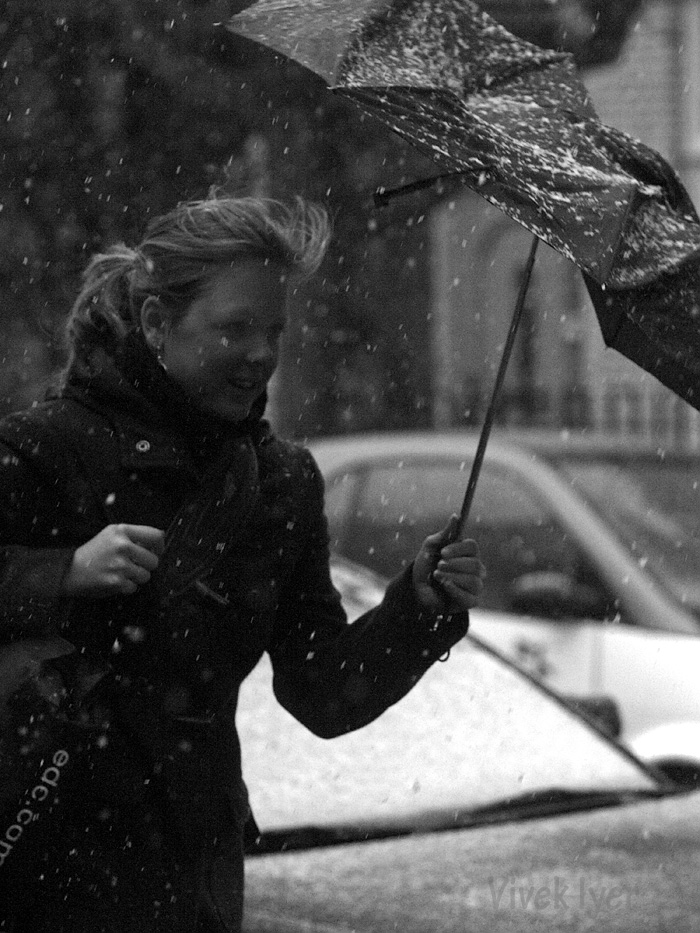f6cvalkyrie
Well-known member
Hi !
I have the possibility to buy a mint Leica Hektor 135/4.5 (not the black one unfortunately), but I am a little worried about fitting it to the G1
It is said to have M-mount, which means it was for viewfinder cameras, right ?
I read sometimes that that implies that it will not focus to infinity ??
Would that apply to the G1 as well, or only to true reflex cameras ??
And, I found lots of adaptors for M to µ4/3 in the adaptorlist.
Which one(s) do you recommend ?
Would anybody here have pics from the combination Hektor - G1?
Thanks for your input !
Rafael
I have the possibility to buy a mint Leica Hektor 135/4.5 (not the black one unfortunately), but I am a little worried about fitting it to the G1
It is said to have M-mount, which means it was for viewfinder cameras, right ?
I read sometimes that that implies that it will not focus to infinity ??
Would that apply to the G1 as well, or only to true reflex cameras ??
And, I found lots of adaptors for M to µ4/3 in the adaptorlist.
Which one(s) do you recommend ?
Would anybody here have pics from the combination Hektor - G1?
Thanks for your input !
Rafael

